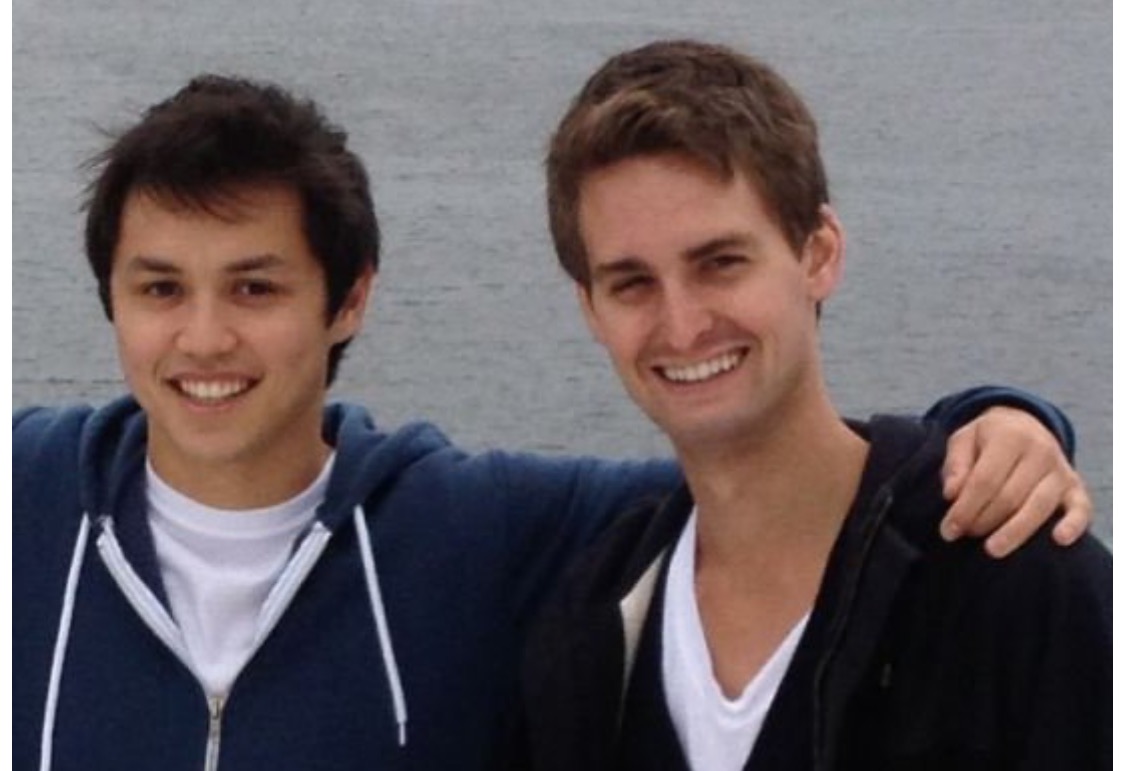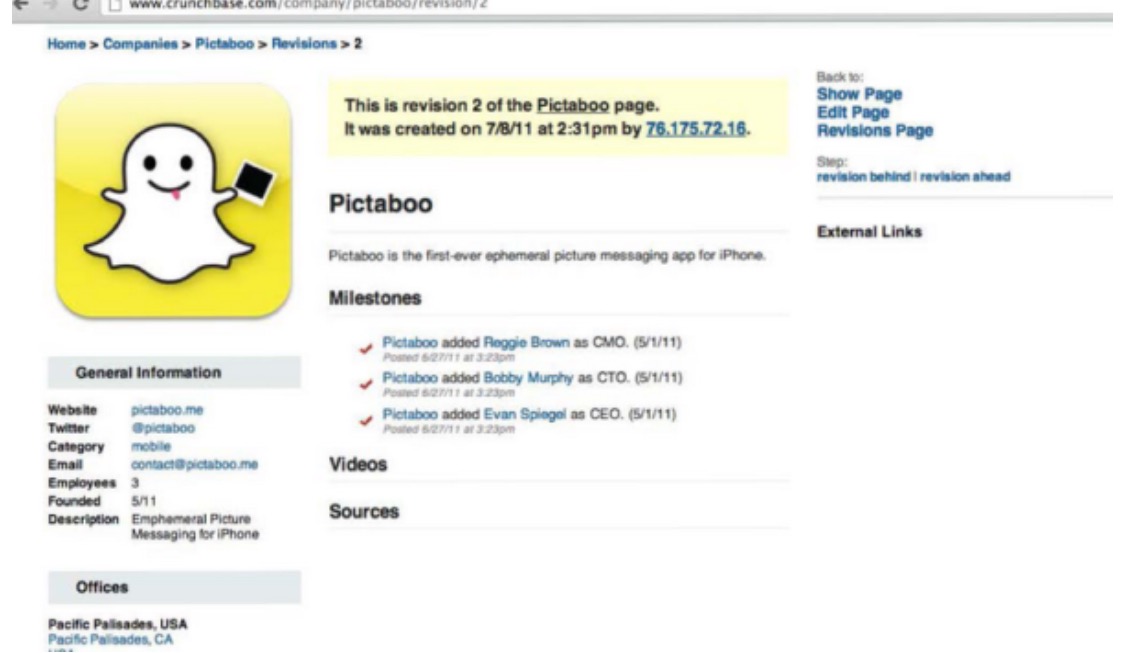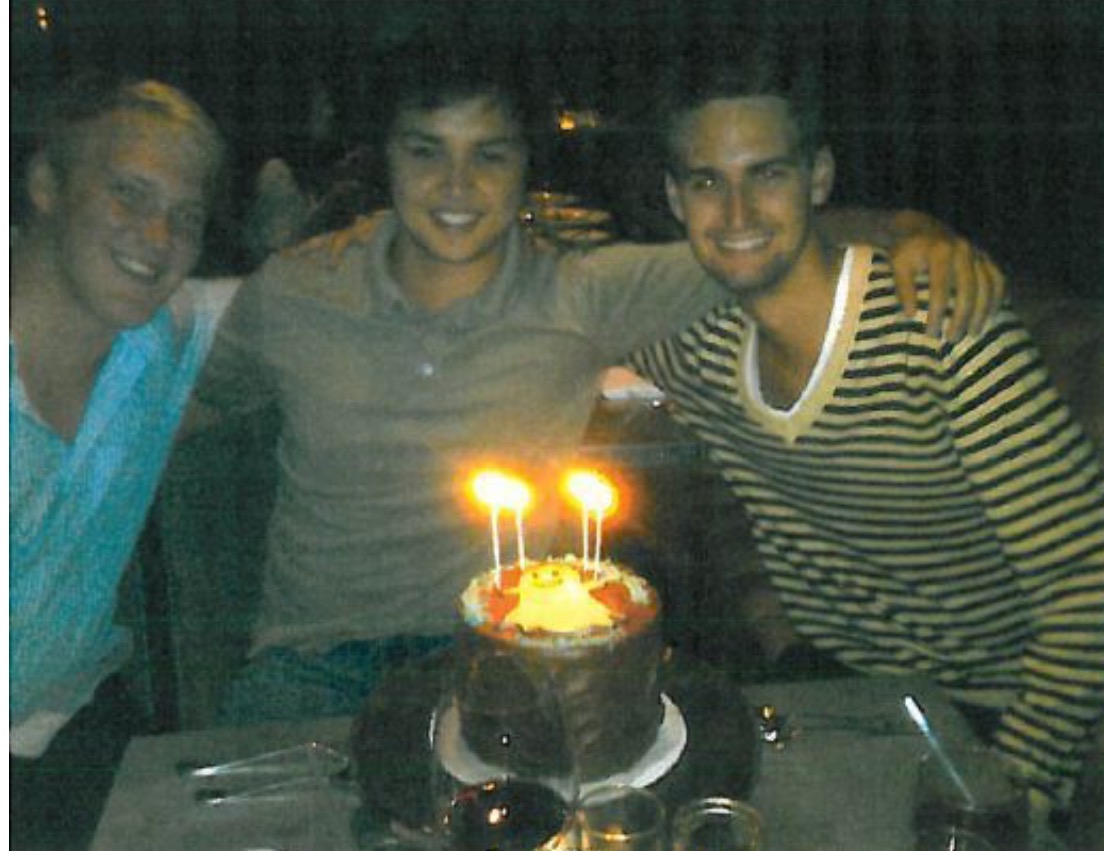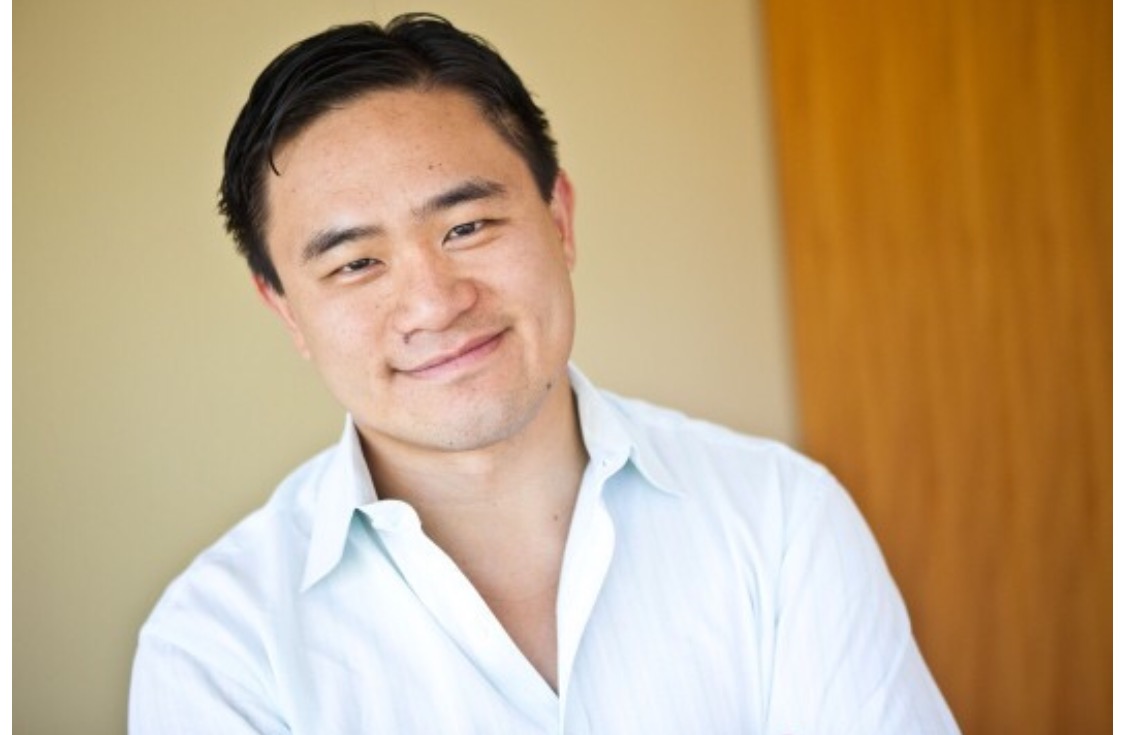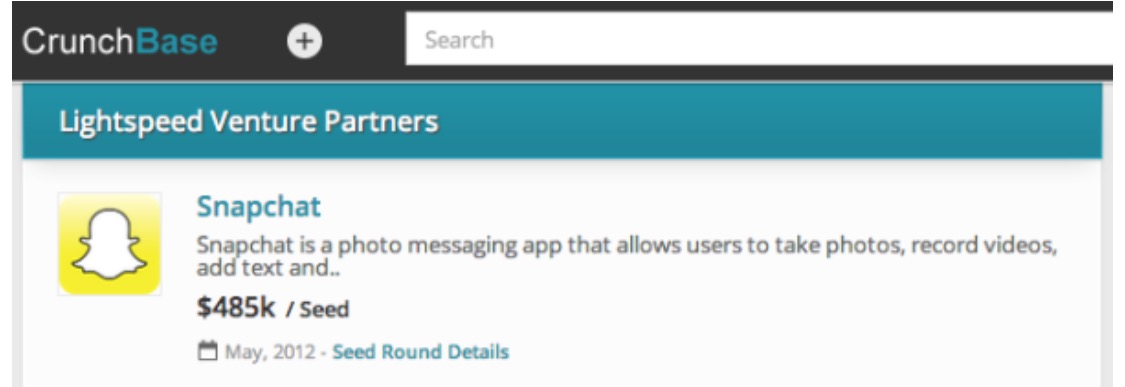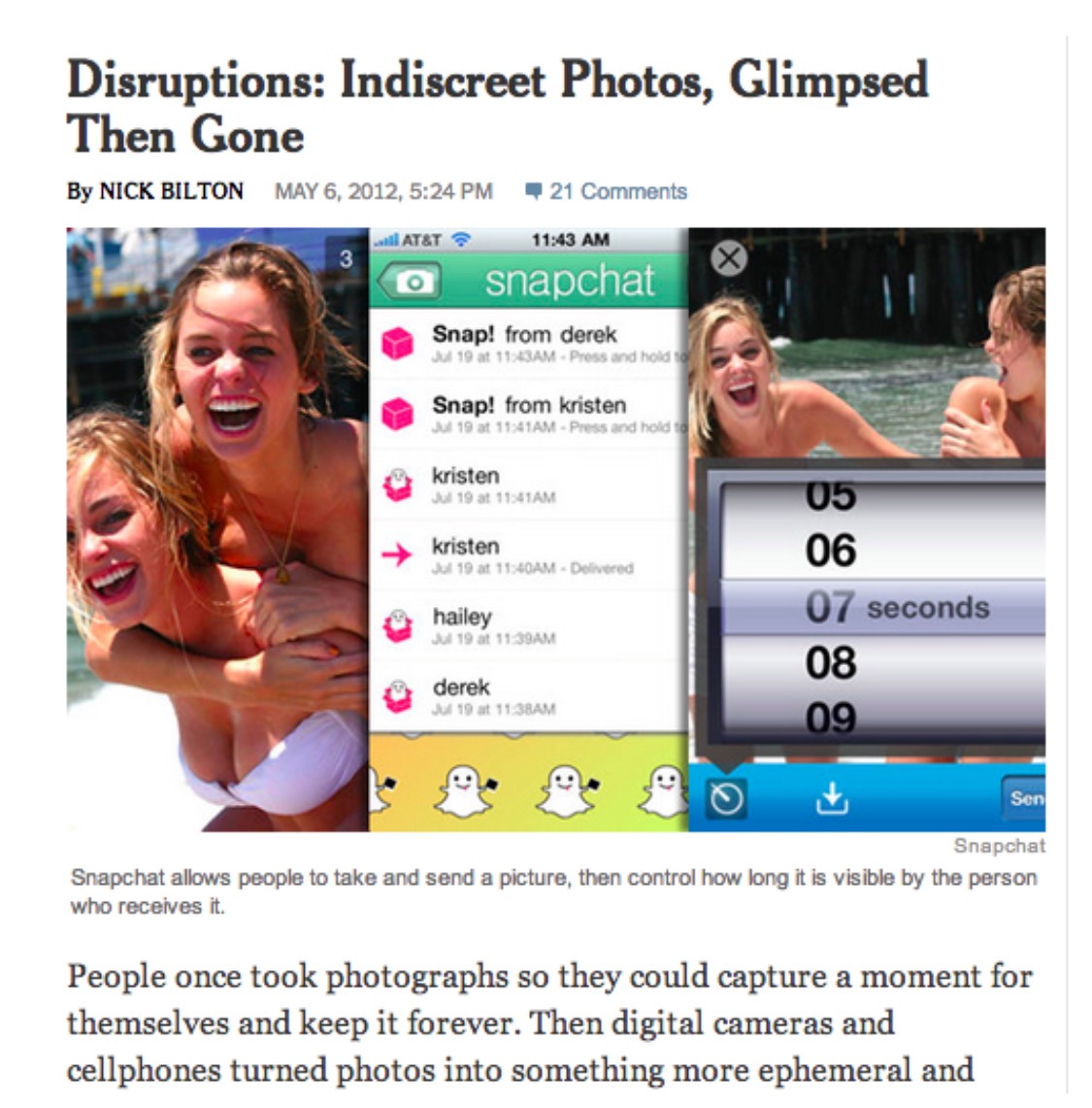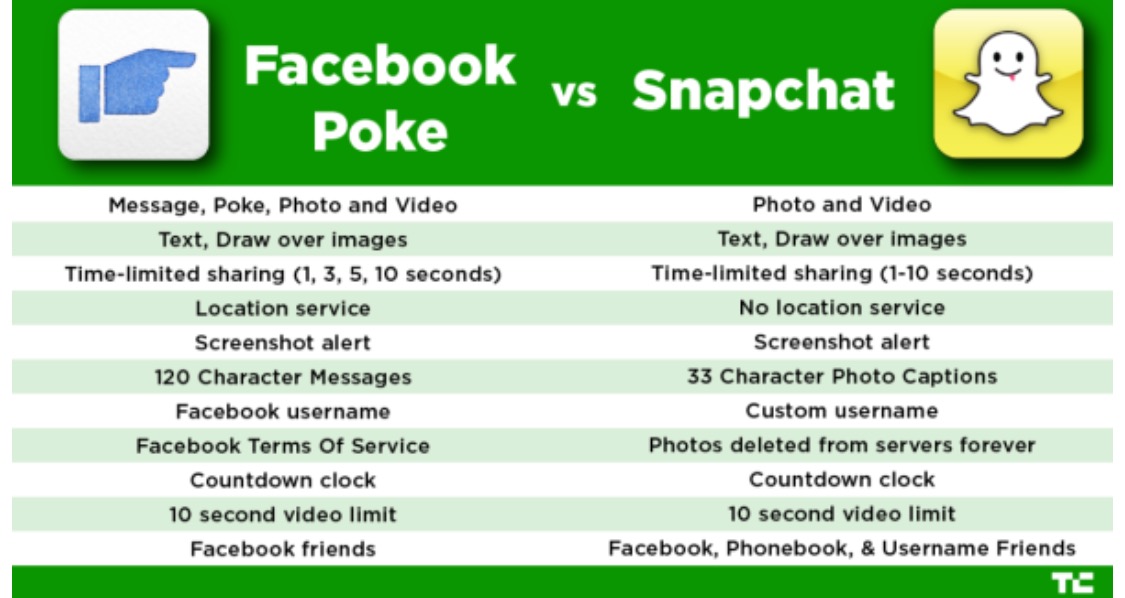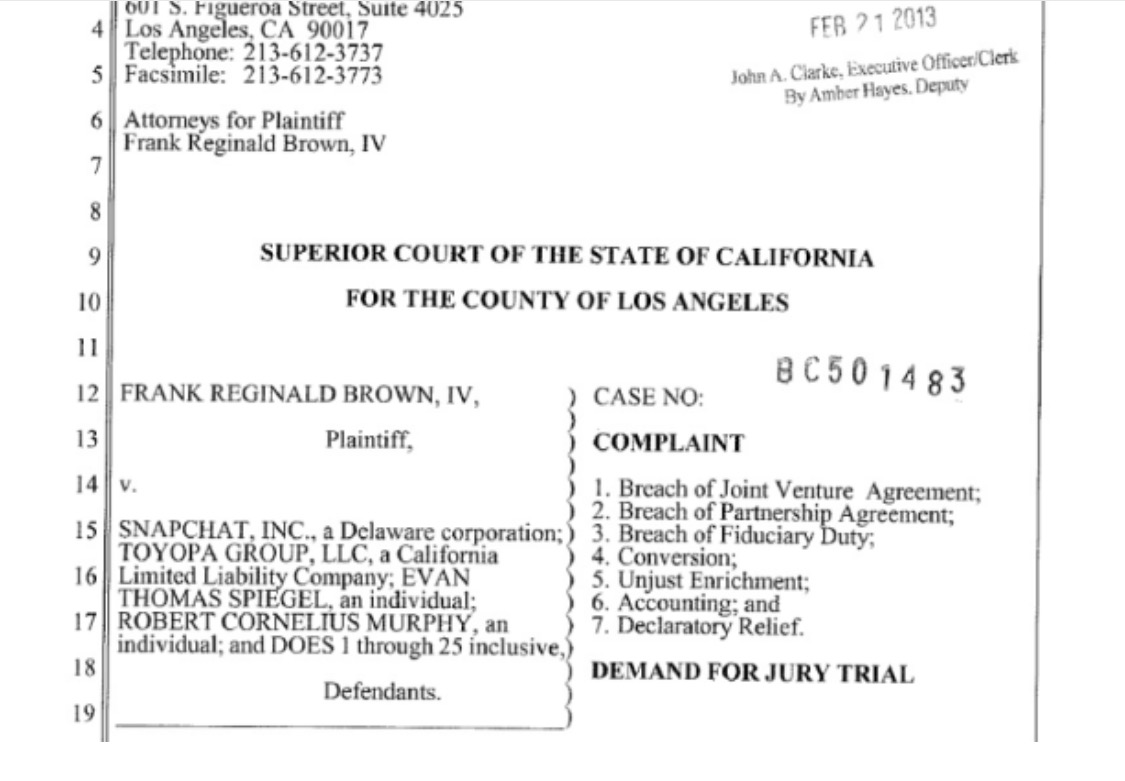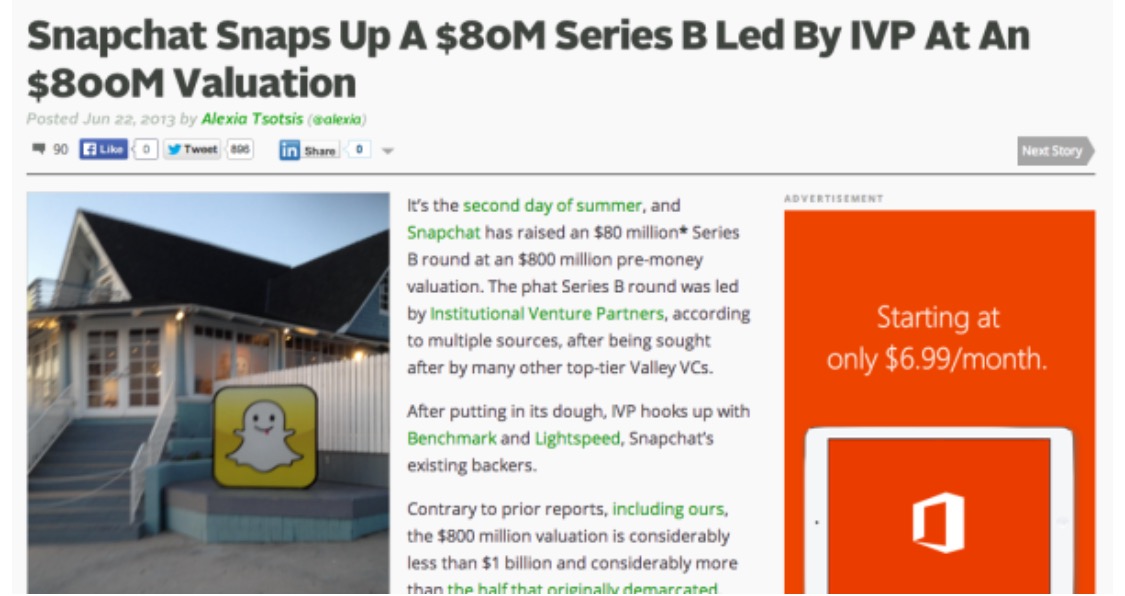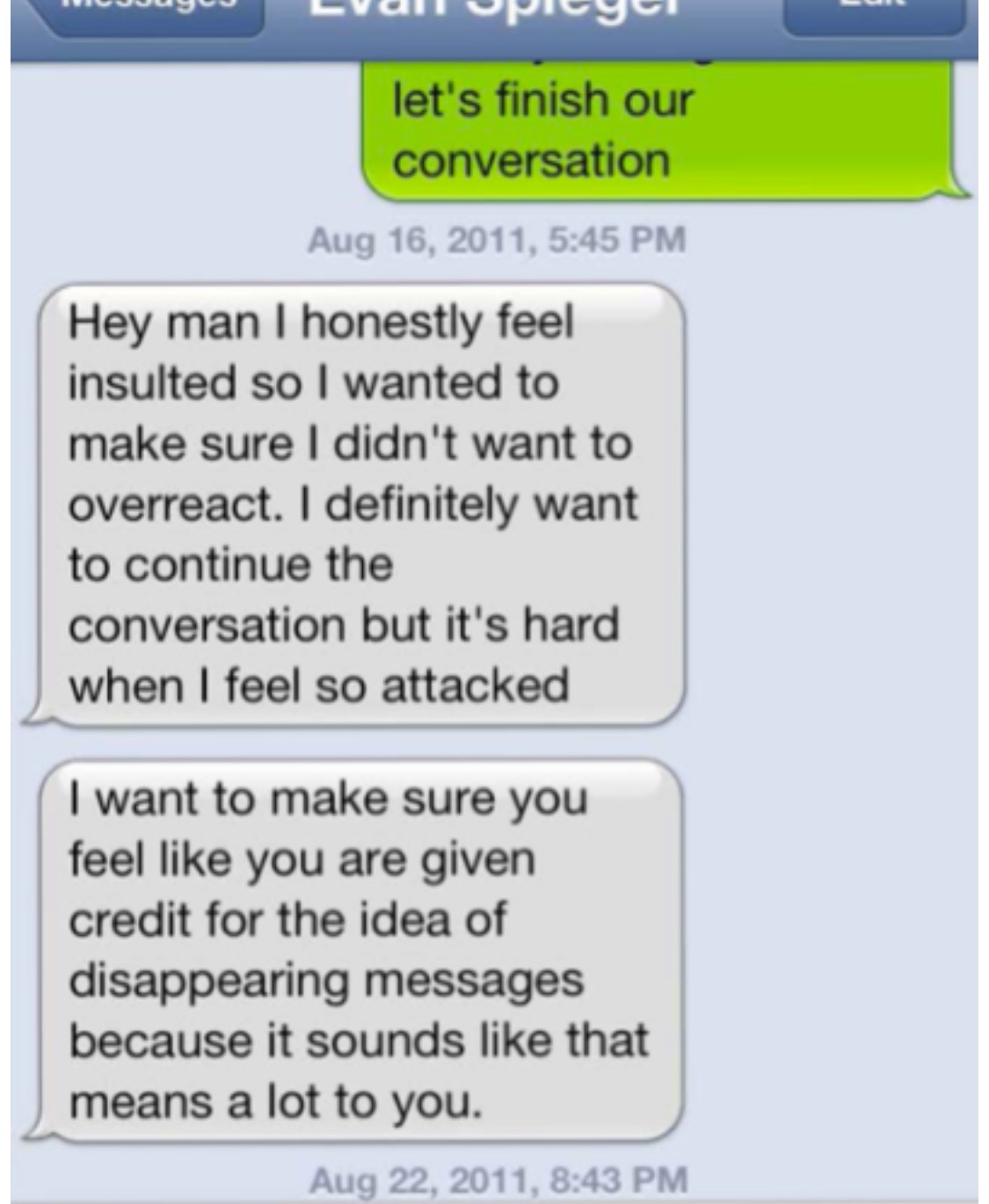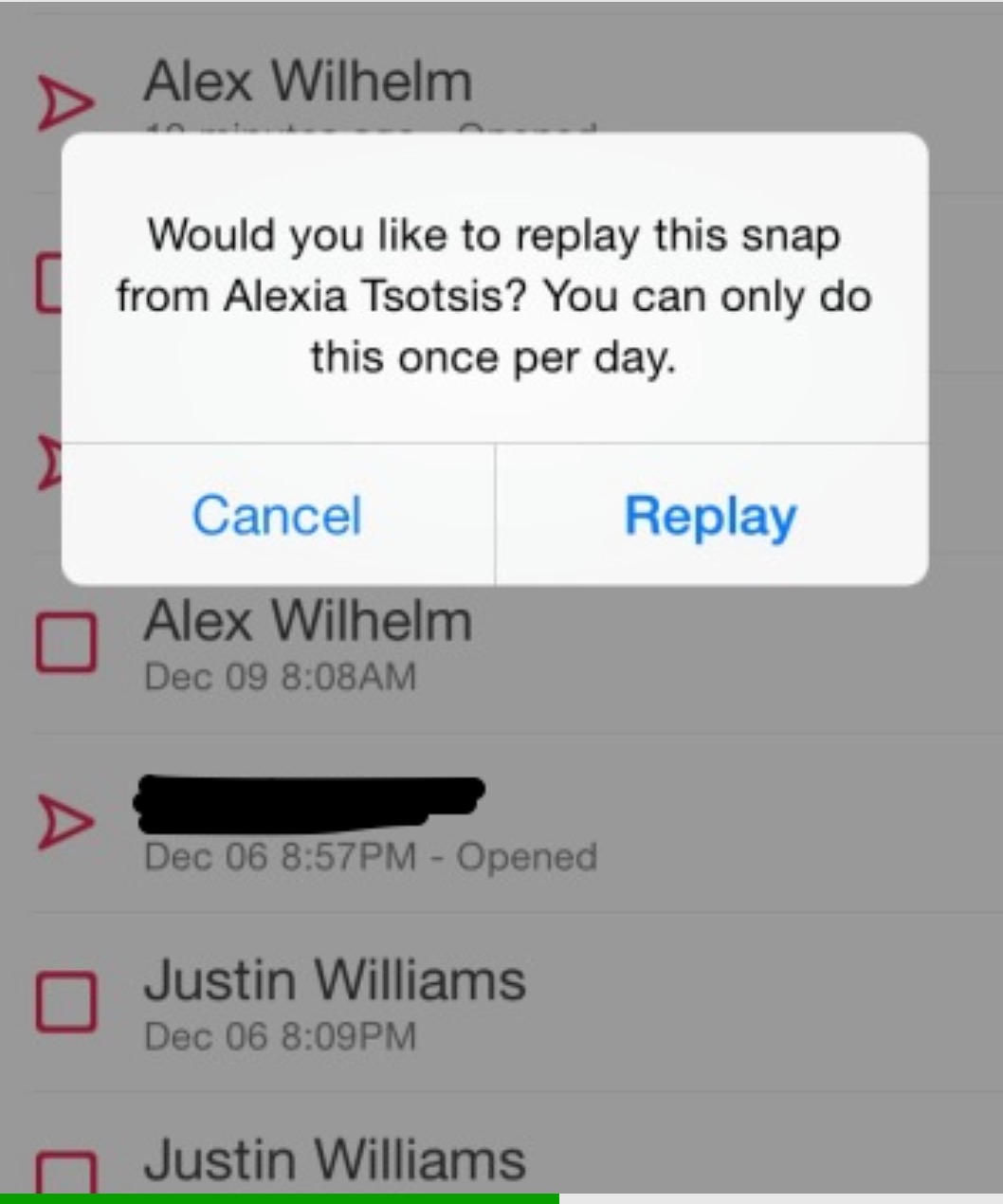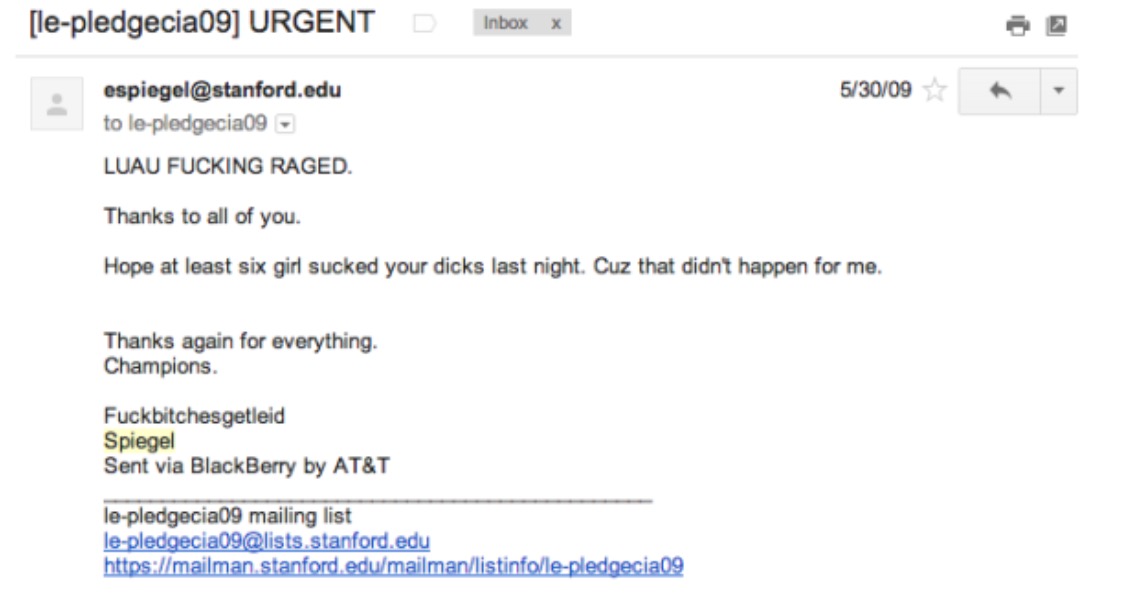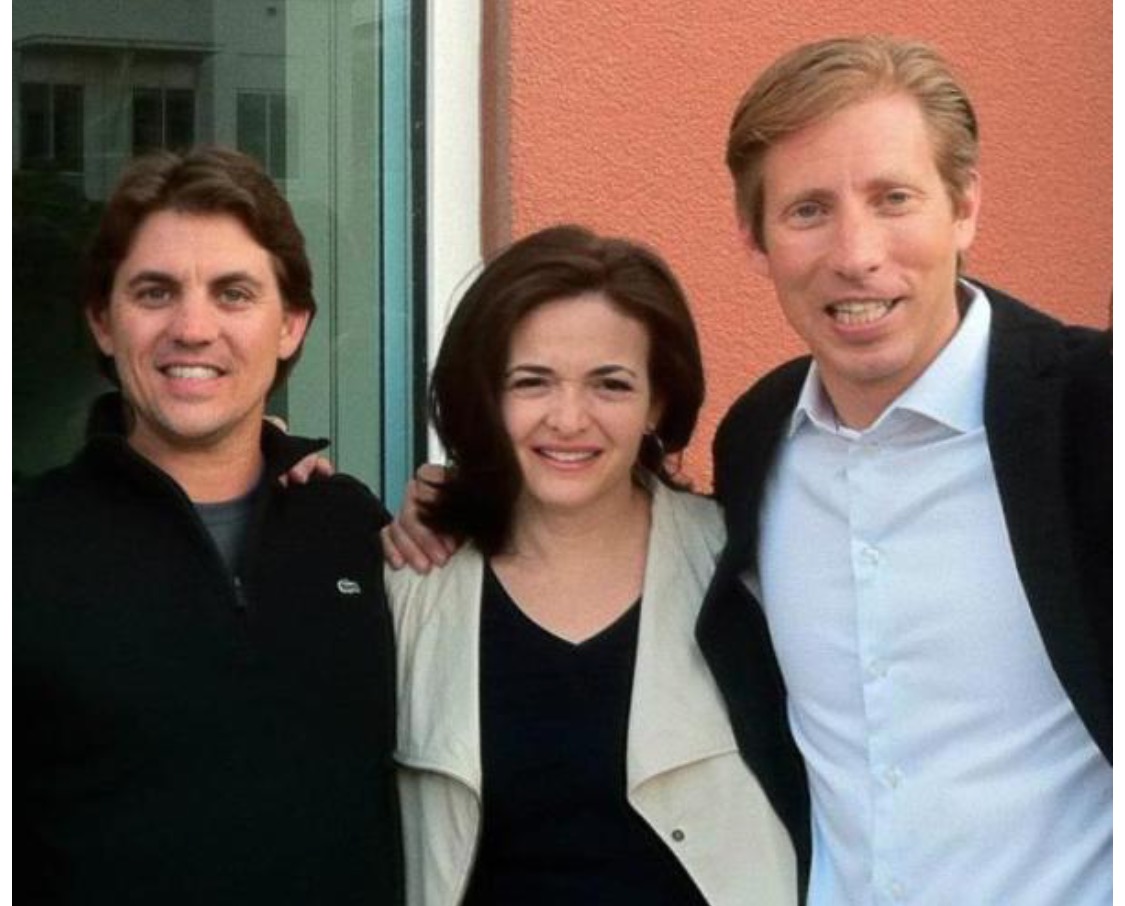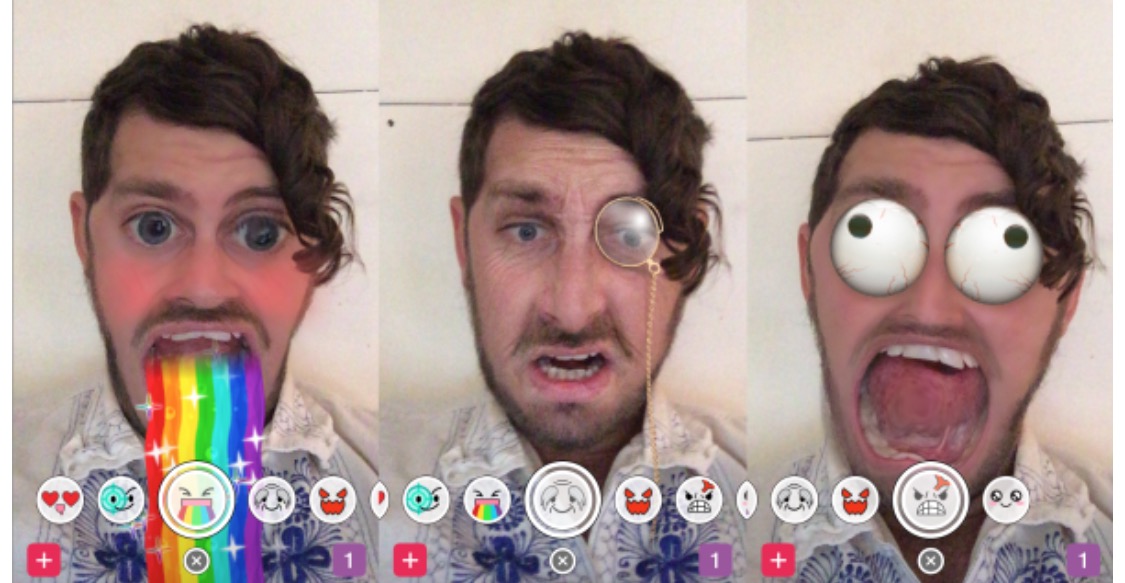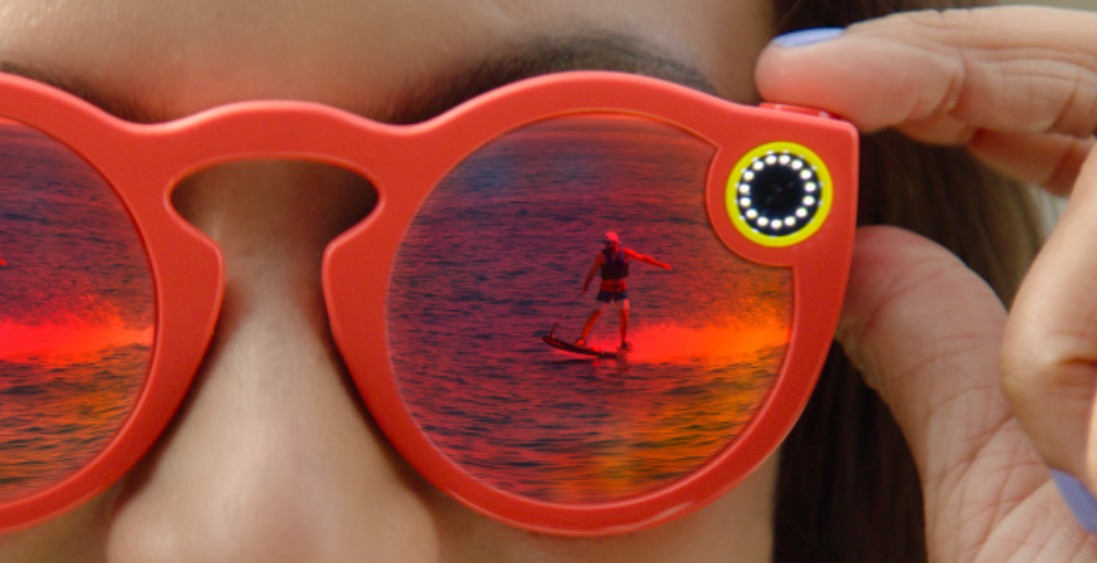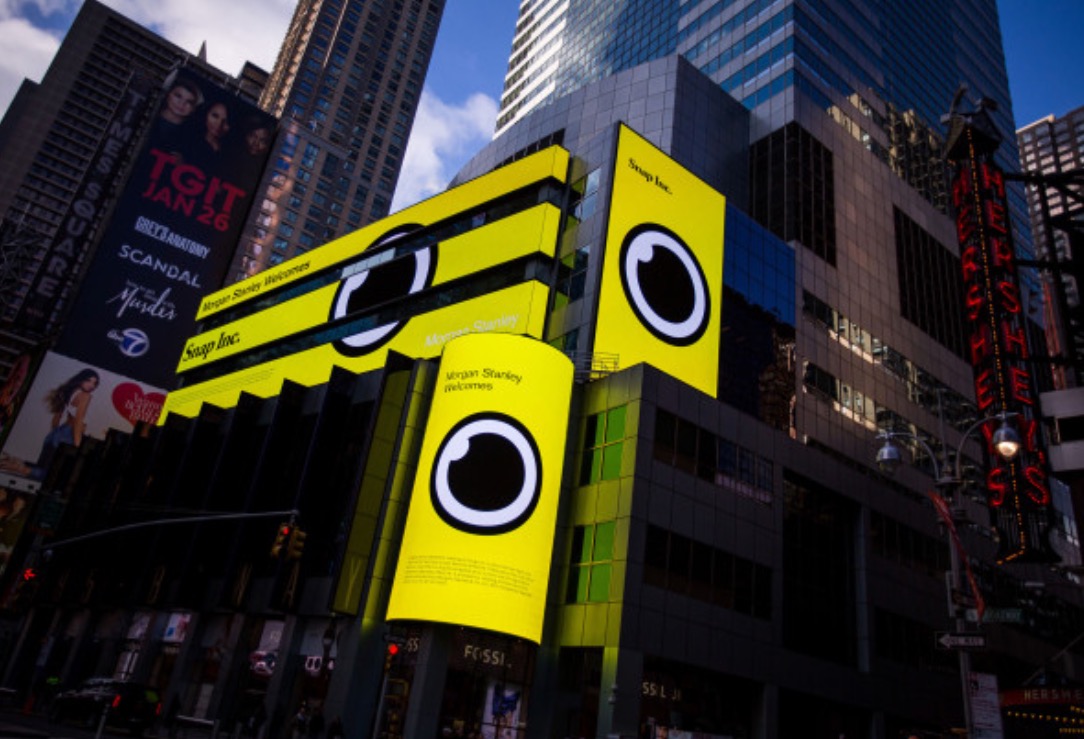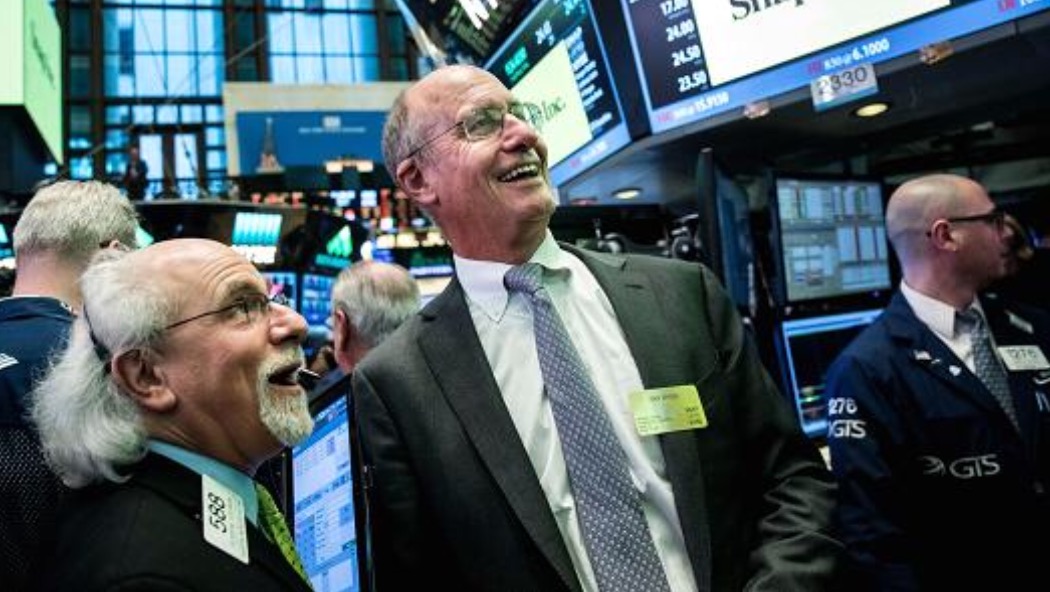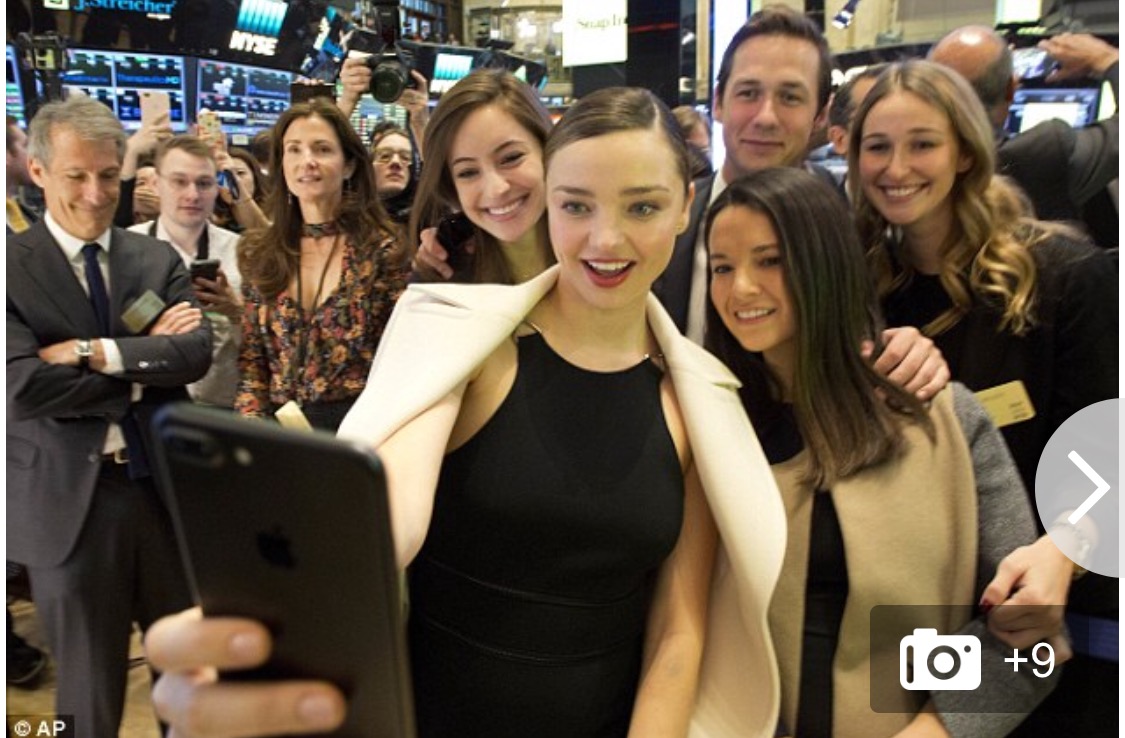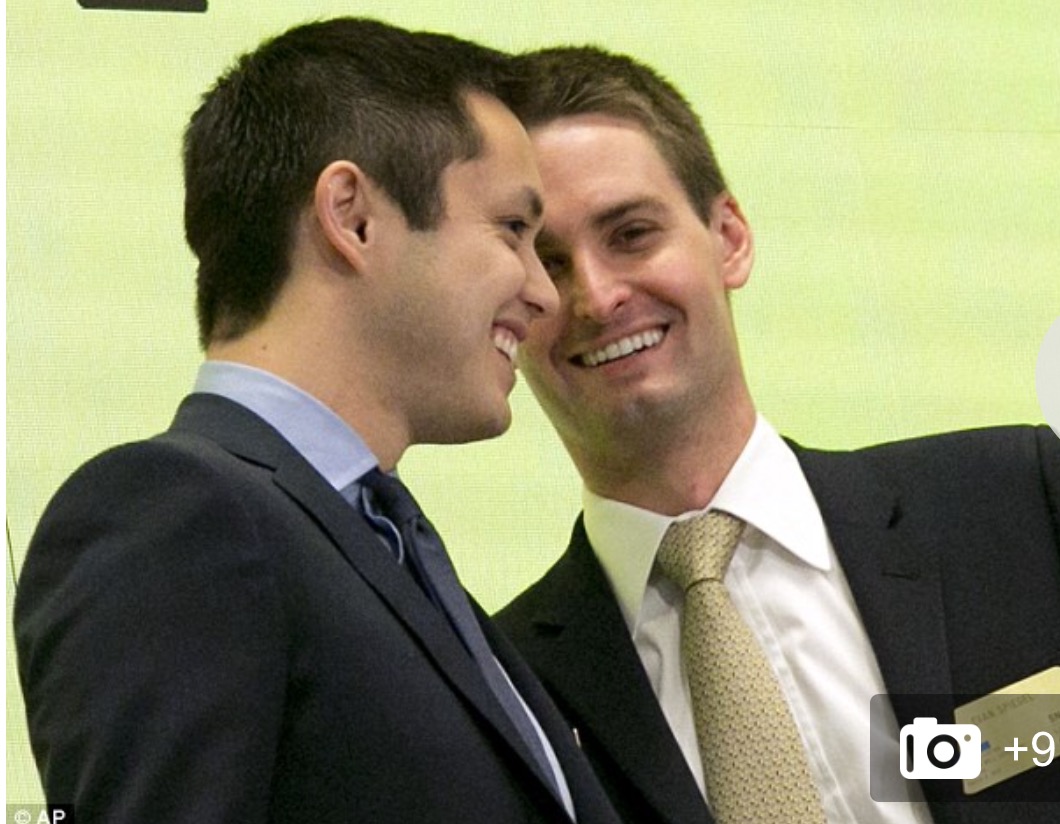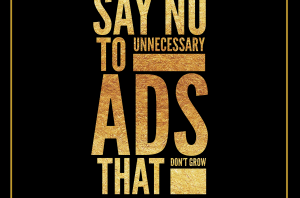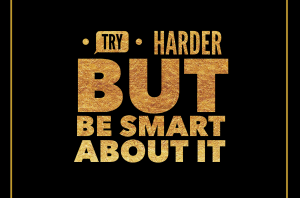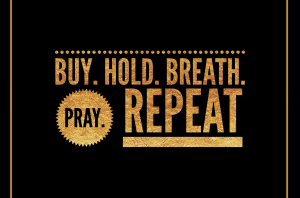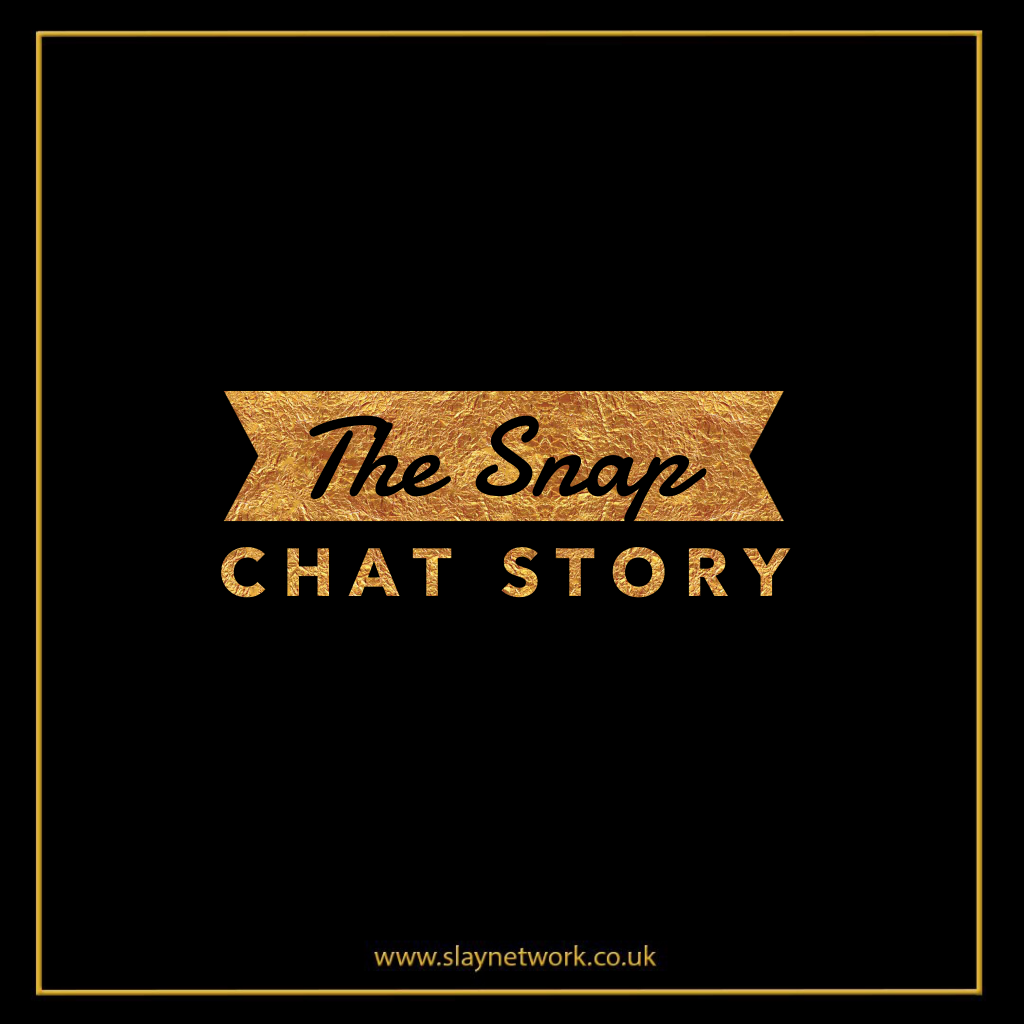
Our story begins at Stanford University, where the idea for an ephemeral photo sharing app is brought to life by three founders.
Summer, 1990
It all started when Evan Spiegel was born, on June 4 in 1990. He was a happy Southern California baby. (While this gif is of a happy Southern California baby, it is not actually Evan.)
Fall, 2008
Skip forward almost two decades, and you’ll find our young protagonist at Stanford University, the playground for Silicon Valley’s brightest stars.
2008
This is where Evan met Reggie Brown, during his freshman year. The two of them joined Kappa Sig together…
Which is where they met Bobby Murphy, Snapchat co-founder and the programmer behind the app. But this was all before Snapchat existed.
2009
By 2009, Spiegel and Murphy were already testing out their entrepreneurial skills, launching Future Freshman LLC.
2010
It never really picked up speed.
Spring, 2011
Eventually, April 2011 rolled around. Spiegel and Brown were about to complete their junior year at Stanford and Murphy had already graduated. Reggie had this idea…
Spring, 2011
“I wish these photos I am sending this girl would disappear,” said Brown. Soon after, Spiegel had heard about the idea and was jazzed about it
Spring, 2011
Spiegel alleged referred to is as a “million dollar idea.” More like $15 billion, AMIRITE?
Summer, 2011
And so the idea for Snapchat was born. But back then they were calling it Pictaboo. Murphy, Spiegel, and Brown were all working on it.
They spent all summer working on the app. Evan drew the ghost logo that is still used today. Spiegel was CEO, Murphy was CTO, and Reggie Brown was CMO
July, 2011
Pictaboo launched in July of 2011. By the end of the summer, it only had 127 users.
Fall 2011
In August 2011, drama got the best of our young founders. After a summer of working on the app together, Brown and Spiegel got in a fight over the order of the names as they appear on the technology patent, as well as the equity splits.
Brown wanted 30 percent equity. Spiegel and Murphy disagreed. They booted him from the company, locking all the emails and back-end systems.
Spiegel and Murphy changed the name to Snapchat, and started telling their friends.
They’d hit the jackpot. High school kids were flocking to the app after learning the hard way that what goes on the internet, stays on the internet.
Spring, 2012
By April of 2012, the company had grown to 100,000 users.
But there was one relatively large caveat: server bills were growing expensive.
April 2012
Jeremy Liew, from Lightspeed Ventures, stepped in to help after hearing about the app’s popularity from his parter’s (Barry Eggers) daughter.
Lightspeed Venture Partners invested a $485,000 seed round on a $4.25 million valuation.
Weeks before graduating, Evan Spiegel walked out of class and dropped out of Stanford as soon as the money appeared in his bank account.
May 2012
And then Nick Bilton, from the NYT, heard about the app. He painted it as a sexting tool.
By December of that year, Snapchat had launched on Android and introduced video snaps.
Dec 2012
Days before Christmas, Facebook launched Poke, what can only be described as a desperate Snapchat clone. Within days, Snapchat had gotten even more publicity and Poke had been entirely forgotten.
Spring 2013
By February of 2013, Snapchat was seeing over 60 million snaps sent per day. So naturally, they raised a $13.5 million Series A from Benchmark.
February 2013
Days later, Reggie Brown reappeared, filing a lawsuit against the company for breach of a joint venture, etc.
May 2013
Despite the lawsuit, the team pressed on. The app had reached 150 million snaps per day by May, with big brands taking an interest in the platform.
June 2013
That summer, Snapchat raised an $80 million Series B from IVP at a reported valuation of $800 million. Both Evan and Bobby took home $10 million for themselves.
Summer 2013
Things couldn’t have been going better for Snapchat, except for that pesky lawsuit.
July 2013
Documents and SMS conversations slowly leaked out as the trial progressed, including a text conversation where Evan admitted that Reggie came up with the idea for disappearing messages.
Fall 2013
In October, they launched Snapchat Stories, which is ephemerality’s take on a timeline.
November 2013
It was around this time that Zuck was tired of fighting Snapchat with silly clone apps.
The Facebook CEO reportedly offered Evan Spiegel $3 billion for Snapchat, an app that had yet to monetize. (But you know Zuckerberg always sees things before the rest of the world does)
Obviously, Snapchat refused the offer.
But the lawsuit was still underway, and leaked deposition videos seemed to confirm that Reggie came up with the idea for Snapchat, not the two co-founders.
December 2013
But it’s hard to care about leaked videos when you’re in the middle of fundraising. Late in 2013, Snapchat received a $50 million Series C round from Cotue Management, with a reported valuation of more than $2 billion.
With the stakes high and competition heating up, Snapchat decided to take on Instagram, who had just launched Instagram Direct.
In response, Snapchat added filters, timestamps, temperature and speed overlays, as well as the ability to REPLAY SNAPS!
Perhaps proving that Snapchat had finally “made it,” the app suffered a malicious attack that exposed usernames and phone numbers of over 4.6 million users.
And it wasn’t until a year later that the company settled with the FTC after being dishonest with its users about privacy. Snapchat entered into a consent decreewith the FTC to address concerns over the company’s privacy policy, app description, and in-app notifications.
January 2014
At first, the company didn’t see any need to apologize.
Until, perhaps for the first time, the internet rebelled against the company. Shockingly enough, people care quite a bit about their personal data, Evan was massacred by the Internet and labeled as a brat.
May 2014
The lawsuit is in a lull, with rumors circulating that the two parties may settle, or that the case may be moved to a Federal Court, where Snapchat has greater chances of winning.
Snapchat added text conversations and video chat to the app
Many have likened Evan Spiegel and Snapchat to a young Mark Zuckerberg and The Facebook.
Later that month..
A few dozen emails, written by 18-year-old Evan Spiegel, are leaked. They describe mostly disgusting things, such as peeing on women, getting “laid”, and using drugs.
June 2014
Snapchat launches Our Story, a feature that lets you add Snaps to a single, event-based Story. The idea is that whenever you’re at a big event, an option to add to that event’s Story will appear just below the option to add it to your own Story. The entire group of attendees, regardless of friendship within the app, can post to a single stream of an event.
Later that month, Snapchat snags Facebook’s Mike Randall to be monetization VP.
July 2014
Snapchat introduces geofilters, or quick image tags that show your location. Do we smell monetization?
Later that month..
Snapchat is now valued at $10 billion. The company’s rebuff of Facebook’s $3 billion offer doesn’t sound so silly anymore.
September 2014
After more than a year of legal woes, Snapchat has finally settled its lawsuit with Reggie Brown.
November 2014
Through a deal with Square Cash, Snapchat adds in the ability to send and receive money from friends.
December 2014
Snapchat buys a QR scanning and iBeacon startup called Scan.me for $14 million, and acquires Vergence Labs, makers of an eyeglass video camera.
January 2015
Snapchat launches Discover, an always-on, daily refreshed channel guide serving up disappearing content alongside brand advertisements. Media partners include National Geographic, Vice, Yahoo News, People, Daily Mail, Comedy Central, Cosmopolitan, CNN, Food Network, and ESPN.
Alongside Discover, Snapchat launches a new feature called Snaptags that creates a unique QR code for every Snapchat user. When someone points their Snapchat camera at a Snaptag, the app adds the corresponding person as a friend. Now we know what that QR acquisition was for.
February 2015
Snapchat partners with three non-profits to launch a “Safety Center” for its users. Safety Center is primarily targeted at parents and teachers who know little about the service, but there is also information for users and community.
March 2015
Snapchat seeks to raise up to $500 million in a new round that includes Alibaba and Saudi Arabian investor Prince Alwaleed Bin Talal. Thus far, Snapchat has raised $648 million from investors.
April 2015
Snapchat replaces Best Friends with friend emojis that only you can see (because it was always weird that Snapchat exposed who you snapped the most with), and adds a low light camera for when you want to snap in darker lighting.
June 2015
June 2015
Snapchat may have finally found a way to monetize that its users will actually like. The company is now extending its custom geofilters to businesses as a monetization strategy.
McDonald’s became the first company to pay Snapchat to run a geofilter advertising campaign. Now, McDonald’s branded geofilters will be available for users to use at any of the over 14,000 McDonald’s stores in the U.S.
September 2015
Snapchat acquires facial recognition app Looksery to power its animated selfie lenses. Everyone on Snapchat barfs rainbows for days.
October 2015
Apparently, Snapchat is having major second thoughts about creating original content. Despite flashy Fox hire Marcus Wiley just five months prior, the team of around 15 that ran what was called the “Snapchat Channel” is let go.
May 2016
A leaked deck reveals revenues, user numbers and a $1.8 billion Series F raise.
June 2016
Snapchat secretly acquires Seene, a computer vision startup that lets mobile users make 3D selfies.
Snapchat uncovers Discover. Snapchat combines the best of social networks, magazines, and television in a redesign of its omni-entertainment app.
July 2016
A new feature called Memories is introduced. You can now post old content to your Snapchat Story, kind of like a searchable replacement for your camera roll. Memories fundamentally shifts Snapchat to encompass the past rather than only being about the present.
September 2016
Oh Snap…Snapchat rebrands to Snap Inc. Snapchat rebrands and reveals its Spectacles, 10 second video glasses that are totally real and cost $130. Watch video to see this beauty in action.
September 2016
Snapchat might be the only company cool enough to pull off the whole ‘camera on your face’ thing.
December 2016
Snapchat introduces Groups with up to 16 people. Group chats self-delete after 24 hours by default, and Snaps sent within a group can be opened only once, and replayed only once, by each member of the group, just like a regular Snap. All features supported in Chat are supported in Groups, including stickers, vote and video notes, Bitmoji and more. One could even argue that this feature was more impactful than the Spectacles launch.
January 2017
The app has long been criticized for being too hard to navigate. Snapchat’smajor redesign, which introduces a universal search bar to the top of the app, among other features launches on iOS. With the redesign, Snapchat aims to make it easier to find friends, groups, Discover publishers and Stories.
Snap, the now-parent company of Snapchat, is working on an IPO for as early as March that could value the company at $25 billion or higher
Snap has given a final price for its IPO, setting the company’s valuation at nearly $24 billion with a price of $17 per share, according to a report by The Wall Street Journal.
According to CNBC Snap shares closed their first day of trading up 44 percent at $24.48 a share, quenching a long drought in the market for tech IPOs.
More than 200 million shares — the entire size of the offering — changed hands over the course of the day, accounting for roughly 10 percent of the total volume of trading on the New York Stock Exchange on Thursday.
The stock opened shortly before 11:20 a.m. on Thursday in New York, and started trading at $24 a share, rising 41.2 percent from its pricing at the open. The company, trading under the ticker SNAP, priced its public offering at $17 a share on Wednesday.
Share prices rose as high as $26.05, according to FactSet, and fell as low as $23.50.
The opening price of $24 puts the company’s market capitalization at about $33 billion, about the size of Marriot and Target. Twitter’s market cap is about 11 billion, while Facebook’s is about $395 billion.
The young ephemeral photo messaging company posted a $515 million loss last year. At least a few Wall Street analysts reacted skeptically to the offering, issuing “sell” ratings on the stock.
Nonetheless, investors have bet on its quickly growing revenue and visionary leader, 26-year-old co-founder CEO Evan Spiegel. Spiegel arrived at the stock exchange on Thursday morning to ring the opening bell, with supermodel fiancee Miranda Kerr in tow, documenting with pictures on the app.
The Venice, California-based company, which serves augmented reality and cinematic advertisements to its young adult audience, could be a bellwether as other start-up giants, such as Airbnb and Uber, mull a public offering. The IPO was 12 times oversubscribed, sources said.
Snap enters the public market a day after the three major U.S. stock indexes posted their best session of the year. About $5 billion changed hands in Snap stock – that’s roughly on par with what Twitter saw on its first day. However, that’s much less than the $23 billion that changed hands in Facebook and the $25 billion that changed hands in Alibaba on their first day of trading.
Here’s how the company stacks up so far to other big techIPOs, according to CNBC analysis of data from FactSet and Renaissance:
* Facebook went public on May 18, 2012, priced at $38 per share. It gained only 0.61 percent in its debut closing at $38.23.
-Deal Size: Almost $16 billion
* Twitter went public on Nov. 7, 2013,priced at $26 per share. It gained 72.69 percent in its debut closing at $44.90.
-Deal Size $1.82 billion (shares used to calculate do not contain the overallotment)
* Alibaba went public on Sept. 19, 2014,and priced at $68 per share. It gained 38.07 percent in its debut closing at $93.89
* -Deal Size $21.77 billion (not including overallotment or green shoe)
* LinkedIn went public on May 19, 2011, and priced at $45 per share. It doubled in its debut, gaining 109.44 percent to close at $94.25.
-Deal size $352.8 million
By Tech Crunch
Are you a public figure or influencer? You could be a snap chat story too. Discover the world of Slay black membership here


